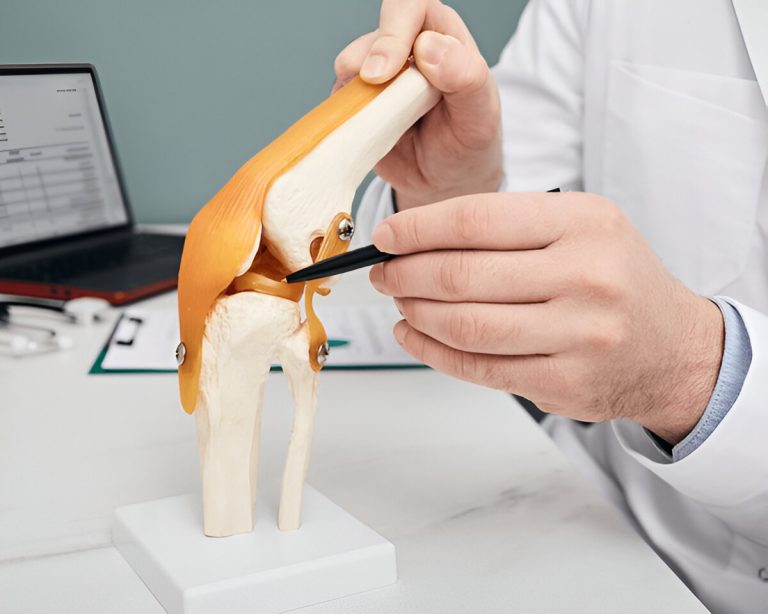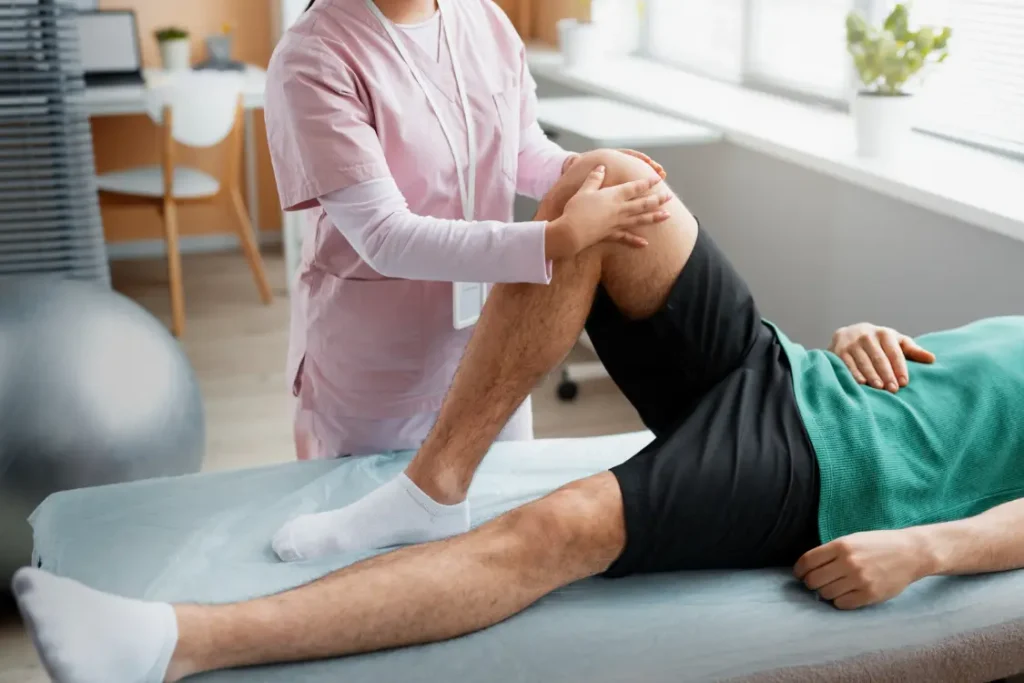What Is Knee Malalignment?
Knee malalignment refers to an imbalance in the structural positioning of the bones of the leg and knee joint, which can lead to uneven wear, abnormal joint loading, and eventually pain or injury. Proper alignment ensures that weight is distributed evenly across the knee, reducing stress on cartilage, ligaments, and surrounding structures.
When the alignment is off, it may predispose individuals to arthritis, instability, patellar tracking problems, and increased risk of ligament or meniscus injuries.

Common Types of Knee Malalignment
-
Genu Varum (Bowlegs)
The knees stay wide apart even when the ankles are together. This alignment puts increased pressure on the medial (inner) side of the knee and can lead to early wear of the inner joint compartment. -
Genu Valgum (Knock Knees)
The knees angle inward and touch when the legs are straightened. This condition puts stress on the lateral (outer) side of the knee, increasing the risk of cartilage degeneration on that side. -
Tibial Torsion
A rotational deformity where the tibia (shin bone) twists inward or outward. It may alter how the knee tracks during walking or running. -
Femoral Anteversion/Retroversion
Abnormal rotation of the femur (thigh bone), which can influence how the kneecap tracks and may contribute to patellofemoral pain. -
Patellar Maltracking or Malalignment
A misalignment of the kneecap as it moves along the femoral groove, often associated with structural imbalances in the leg or soft tissue tightness/weakness.
Symptoms of Malalignment
-
Aching or sharp pain in one part of the knee (inner or outer)
-
Uneven wear of shoes
-
Difficulty with walking, running, or squatting
-
Knee instability or feeling of “giving way”
-
Clicking, popping, or grinding in the knee
-
Swelling after activity
Diagnosis
Proper diagnosis includes:
-
Full physical exam
-
Gait analysis to observe walking patterns
-
Weight-bearing X-rays to assess bone alignment
-
MRI or CT scan if soft tissue or rotational issues are suspected
Treatment Options
Non-Surgical Management
-
Physical therapy for muscle balance and gait retraining
-
Orthotics or shoe inserts for lower-limb alignment
-
Knee bracing in select cases
-
Activity modifications to reduce joint stress
-
Weight management to reduce joint loading
Surgical Treatment
For patients with severe malalignment and persistent pain or functional limitations, options may include:
-
Osteotomy: A realignment procedure where the bone is surgically cut and repositioned
-
Patellar realignment surgery
-
Cartilage restoration or joint preservation procedures if degeneration has occurred
Why Accurate Alignment Matters
Improper alignment is one of the most underrecognized contributors to chronic knee pain and early arthritis. Left uncorrected, it can lead to irreversible joint damage.
At Kerlan Jobe Institute, our team specializes in advanced biomechanical assessment and surgical correction of knee malalignment. Our approach combines precise imaging, expert evaluation, and evidence-based therapies to restore natural joint balance.

